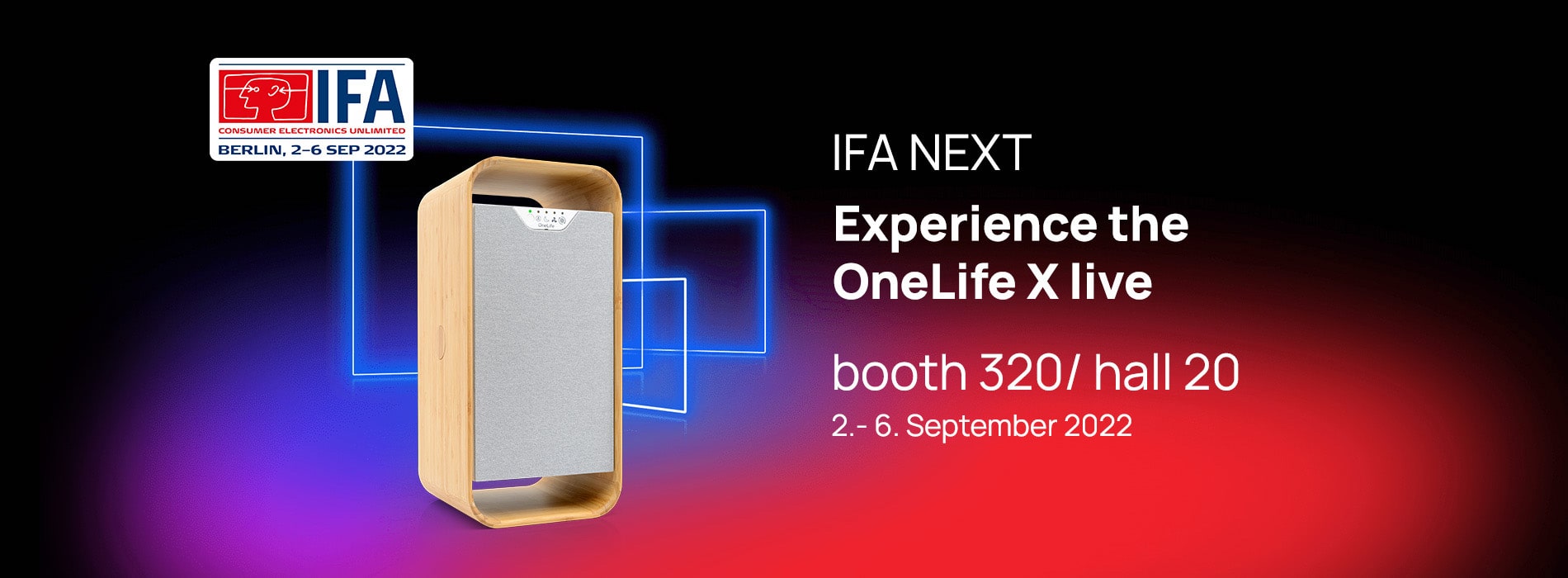The theoretical efficiency of HEPA filters
The HEPA standard is defined by the U.S. Department of Energy. Its origins date back tothe 1940s when HEPA filters were used to contain potentially radioactive particles generated by radiation. Since then, they have been used across a wide variety of applications. Today, the name ”HEPA” is presented to consumers as a guarantee of efficiency. However, HEPA filters are given the name only when they pass the DOP test (Dispersed Oil Particulate). The test measures the filtration efficiency of particles larger than 0.3 microns. To understand how HEPA filters work, you need to imagine a mesh of tangled fibers. To increase durability, the surface is formed into pleats. As air passes through the fibers, particles are trapped, and the technology is indeed effective at removing particles like pet hair, pollen, or dust mites. However, when it comes to much smaller particles, the limitations of HEPA technology become evident
HEPA filter efficiency in practice
The DOP test that HEPA filters must pass for the appropriate designation does not measure the efficiency of the filters on particles smaller than 0.3 microns. However, these particles actually make up 90% of airborne particles, which include the following particles among others:
- Viruses (0,1-0,5 µm): Viruses are too small to be captured by HEPA filters. Yet many HEPA filters are marketed with the promise that they protect against viruses.
- Bacteria (1-3µm): Although bacteria are large enough to be captured, they have been known to release endotoxins once they die which can remain on the surface of the filter. These can cause inflammatory reactions in non-asthmatic and asthmatic participants, as per a study.
- VOCs (2-3µm): These volatile organic compounds are chemicals that come from building materials, cleaning products, or even cosmetic products in our homes, that spread through the air. Some of them are carcinogenic, which can make them very dangerous in certain cases. However, they are way too small for HEPA filters and therefore cannot be caught.
- Mold (4-12µm): Mold spores are large enough to be captured by HEPA filters, but unfortunately they remain alive on the surface of the filters. In addition, other particles captured by the HEPA filter can serve as nutrients, which could cause the mold spores to grow through the filter membrane and release new spores into the air.
Besides the fact that HEPA filters cannot filter all particle sizes due to their structure, most of them require a lot of energy, which can quickly affect your electricity bill once the air purifier is running for several hours a day (which is recommended for absolutely clean air). This is due to the fact that the air has to be forced through the filters with a fan so that it is cleaned. Thus, a lot of energy is usually consumed, especially at high speeds. In addition, this sometimes causes loud background noise, which is why only a few air purifiers with HEPA filters can run through the night.
Overall, it is safe to say that HEPA filters can only be a part of the solution for improving indoor air. There are far too many shortcomings, especially with sub-microparticles.
A regular change of the HEPA filter is particularly important because pathogens can partly live on the surface and multiply there. If the maintenance of the HEPA filters is neglected, this leads exactly to what you actually wanted to avoid with your air purifier in the first place.





